Rising Investment in Smart Cities
The concept of smart cities is gaining traction, which is positively impacting the Remote Sensing Software Market. Urban planners and local governments are increasingly investing in technologies that facilitate efficient city management and infrastructure development. Remote sensing software plays a pivotal role in urban planning by providing critical data on land use, traffic patterns, and environmental conditions. As cities strive to become more sustainable and efficient, the demand for remote sensing solutions is likely to rise. This trend is supported by various government initiatives aimed at promoting smart city projects, which could lead to a substantial increase in the adoption of remote sensing software in urban environments.
Growing Applications in Agriculture
The Remote Sensing Software Market is increasingly being shaped by its applications in agriculture. Farmers and agribusinesses are adopting remote sensing technologies to optimize crop yields, monitor soil health, and manage resources more effectively. The use of satellite imagery and aerial data allows for precise monitoring of crop conditions, which can lead to improved decision-making and resource allocation. Recent studies indicate that the agricultural sector is one of the fastest-growing segments within the remote sensing software market, with an expected growth rate of around 15% over the next few years. This trend underscores the importance of remote sensing software in enhancing agricultural productivity and sustainability.
Advancements in Satellite Technology
Technological advancements in satellite systems are significantly influencing the Remote Sensing Software Market. The deployment of high-resolution satellites and the advent of small satellite technology have expanded the capabilities of remote sensing applications. These advancements allow for more precise data collection and analysis, which is crucial for various sectors, including agriculture, urban planning, and disaster management. The market is expected to witness a notable increase in software solutions that can process and analyze data from these advanced satellite systems. As a result, the integration of cutting-edge satellite technology is likely to enhance the effectiveness and efficiency of remote sensing software, thereby driving market growth.
Enhanced Data Analytics Capabilities
The Remote Sensing Software Market is witnessing a transformation due to enhanced data analytics capabilities. The integration of advanced analytics and machine learning algorithms into remote sensing software is enabling users to derive actionable insights from vast amounts of data. This evolution is particularly relevant in sectors such as disaster response, where timely and accurate data analysis can save lives and resources. The market is projected to grow as organizations seek to leverage these advanced analytics capabilities to improve decision-making processes. As a result, the demand for sophisticated remote sensing software that incorporates these features is expected to increase, further driving market expansion.
Increasing Demand for Environmental Monitoring
The Remote Sensing Software Market is experiencing a surge in demand for environmental monitoring solutions. This is largely driven by the need for accurate data regarding climate change, deforestation, and natural resource management. Governments and organizations are increasingly utilizing remote sensing technologies to monitor environmental changes and assess the impact of human activities. According to recent data, the market for environmental monitoring software is projected to grow at a compound annual growth rate of approximately 12% over the next five years. This growth is indicative of a broader trend where stakeholders are prioritizing sustainability and environmental stewardship, thereby enhancing the relevance of remote sensing software in addressing these critical issues.


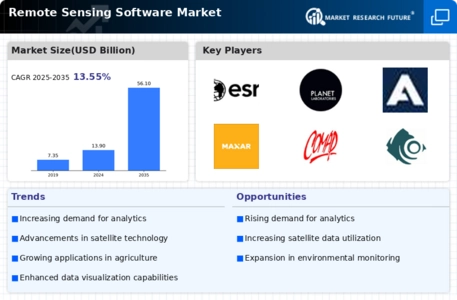
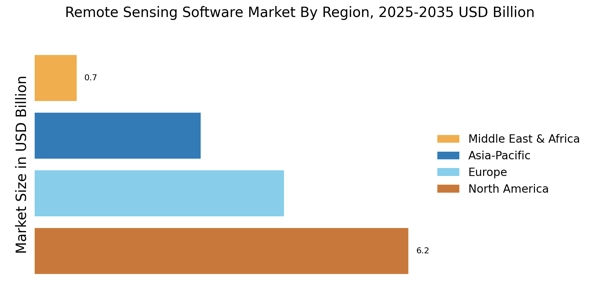

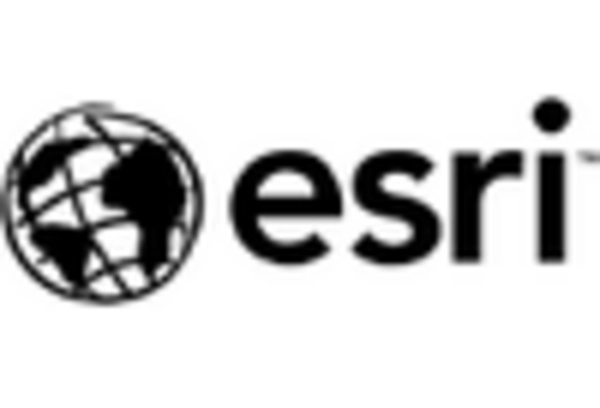


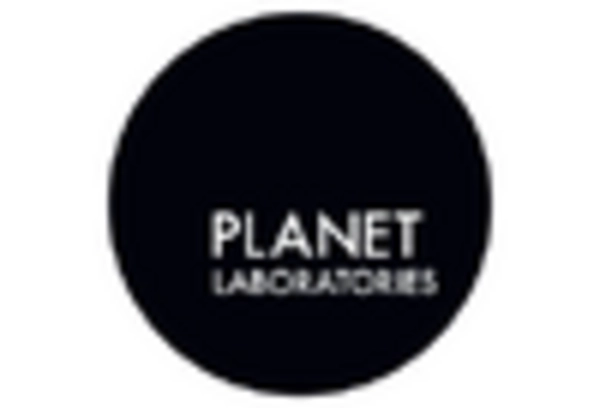
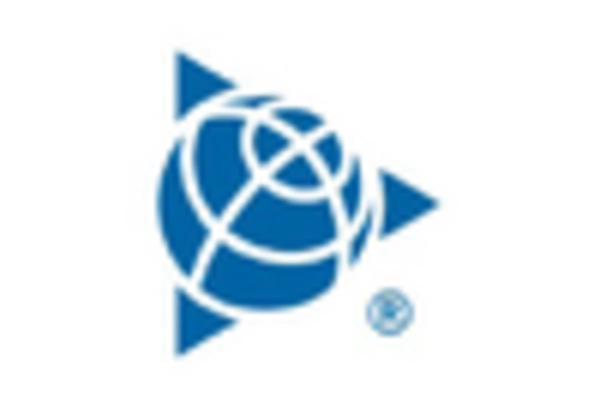








Leave a Comment